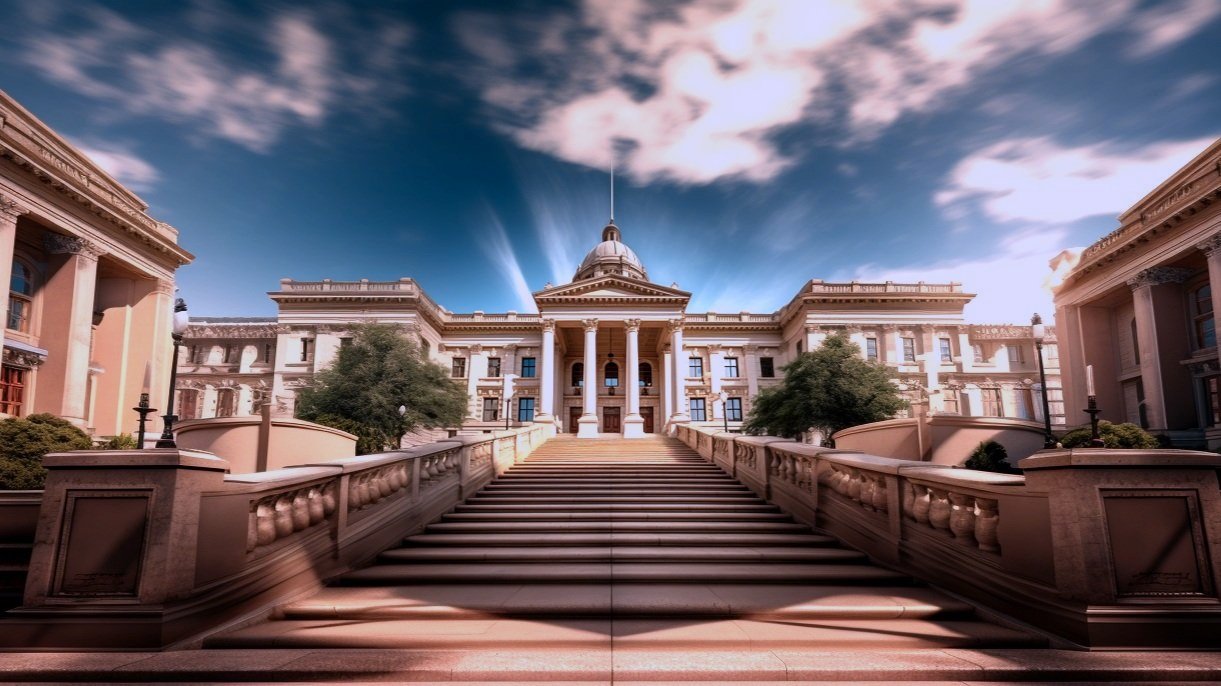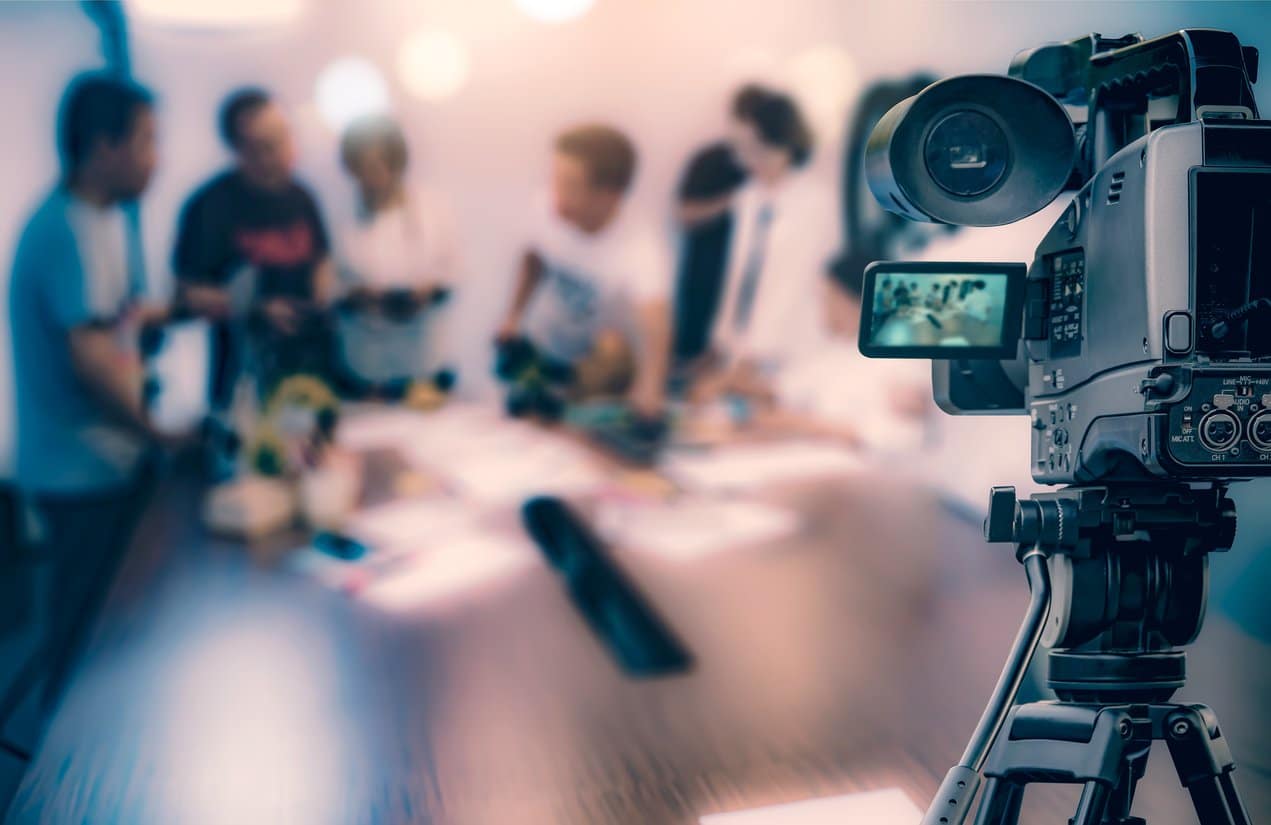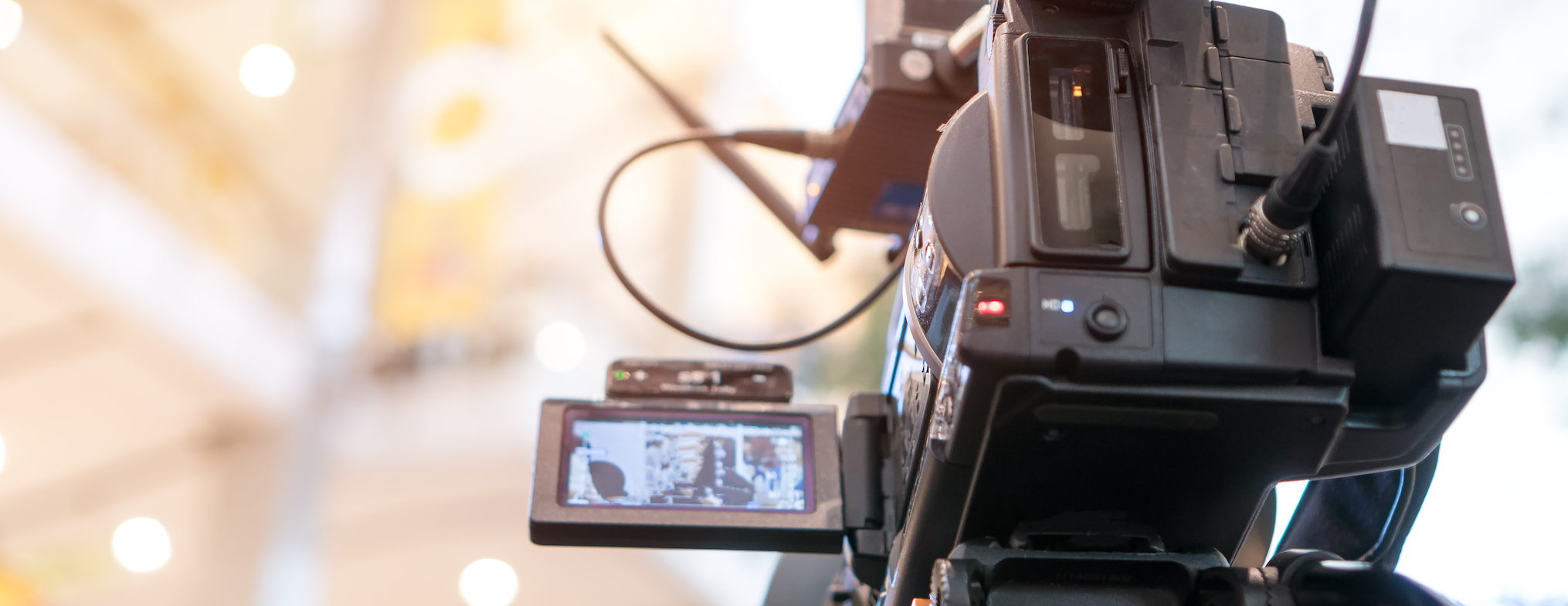The Role of Legal Videography in Modern Legal Process
The Role of Legal Videography in Modern Legal Process
Blog Article
Exploring the Systems of Legal Videography: Unveiling Its Operation in Safeguarding Authentic Visual Testimony for Judicial Procedures
In the realm of judicial process, the function of lawful videography stands as a foundation in maintaining and providing visual proof. As technology proceeds to advancement, the devices behind legal videography have actually become significantly elaborate, offering an essential layer of credibility to testimonies caught on video clip.
Historical Advancement of Legal Videography
Examining the historical development of legal videography exposes a significant makeover in the capturing and presentation of aesthetic evidence within the legal landscape. In the past, legal process heavily relied upon created photos and records to document events and offer proof. However, with the arrival of video clip modern technology, the lawful industry saw a standard change in just how visual testimony was caught and provided.
The advancement of lawful videography can be mapped back to the late 20th century when developments in video clip recording devices made it extra accessible for use in courtrooms. This technological advancement not only enhanced the accuracy and integrity of aesthetic proof however likewise changed the means instances were offered to juries and judges (Legal Videography). Attorneys started to identify the influential power of video clip recordings in sharing feelings, nuances, and non-verbal hints that written pictures or transcripts alone can not record properly

Technology Improvements in Video Documents
What crucial technical advancements have revolutionized video documents in the lawful area? The legal area has seen significant innovations in video paperwork innovation that have actually improved the credibility and integrity of visual evidence in judicial process. One of the essential improvements is high-def (HD) video recording abilities, which offer crystal-clear images and sharp details that are vital for precisely capturing testaments, faces, and other aesthetic signs. Furthermore, the integration of timestamping and metadata attributes in video clip documents tools has enabled exact paperwork of when and where the video clip was recorded, making certain the honesty of the evidence offered in court.
Furthermore, innovations in video clip encryption and watermarking innovations have actually bolstered the safety and security and tamper-proof nature of video proof, safeguarding it against unapproved changes or meddling. Additionally, the arrival of cloud storage solutions and remote accessibility capabilities has streamlined the storage space, access, and sharing of video evidence, promoting smooth partnership amongst lawful experts and ensuring effective access to vital visual statements when required. These technical innovations in video clip paperwork have actually undoubtedly revolutionized the lawful area, improving the accuracy, integrity, and admissibility of aesthetic proof in judicial procedures.
Function of Lawful Videographers in Court Room Settings
The development of video documents technology in the legal area has actually necessitated an important role for legal videographers in court setups, making sure the stability and reliability of aesthetic testaments offered throughout judicial proceedings. Lawful videographers play a basic duty in capturing and preserving accurate aesthetic evidence that can be pivotal in court situations. Their duty includes establishing up devices, videotaping procedures, and generating top notch video clips that precisely mirror the events in the courtroom.
Additionally, legal videographers commonly work closely with lawful browse around this web-site groups to guarantee that the video clip proof straightens with the situation's demands and can be efficiently provided in court to sustain the legal disagreements being made. In general, the role of lawful videographers in courtroom settings is vital in upholding the principles of justice and making sure the openness of legal proceedings. Legal Videography.

Ensuring Admissibility and Honesty of Video Proof
To maintain the reputation of aesthetic proof presented in legal procedures, ensuring the admissibility and stability of video clip proof is a crucial duty for lawful videographers. Admissibility refers to the acceptance of evidence by the court, and for video proof to be permissible, it must meet specific requirements. Lawful videographers play a crucial role in guaranteeing that the video clips they catch adhere to the regulations of evidence, such as authenticity, significance, and dependability.
Integrity of video evidence entails keeping the creativity and precision of the video from the moment it i thought about this is taped up until it exists in court. This includes securely storing the video clip documents, recording the chain of guardianship, and avoiding any type of tampering or alterations. Legal videographers need to stick to stringent procedures to guarantee the integrity of the video clip proof and avoid any challenges to its credibility.
Future Trends in Legal Videography
Offered the boosting dependence on innovation in legal proceedings, lawful videographers are poised to embrace cutting-edge innovations shaping the future of visual testament capture and presentation. One of the noticeable patterns coming up is the assimilation of online reality (VIRTUAL REALITY) and increased truth (AR) technologies right into legal videography. These modern technologies have the prospective to revolutionize just how visual proof is provided in courtrooms, enabling juries and courts to immerse themselves in the scene of the criminal activity or occurrence.
Furthermore, making use of expert system (AI) formulas for video evaluation is expected to simplify the process of reviewing and assessing large quantities of video footage. AI can assist in recognizing crucial moments, abnormalities, and patterns within videos, boosting the effectiveness of lawful examinations.

Conclusion
To conclude, legal videography has actually played an important role in supplying authentic visual proof for judicial proceedings. Via technological improvements and the competence of lawful videographers, the stability and admissibility of video clip evidence are made sure in courtroom setups. As lawful videography remains to advance, it will be crucial to support criteria that maintain the accuracy and integrity of aesthetic testimony for the future of lawful process.
Analyzing the historic development of lawful videography exposes a substantial transformation in the catching and presentation of aesthetic proof within the legal landscape.The evolution of video paperwork modern technology in the legal field has required a critical role for legal videographers in court setups, making certain the integrity and reliability of visual statements provided throughout judicial process. In addition, legal videographers typically work carefully with lawful groups to make sure that the video clip proof lines up with the case's needs and can be properly provided More Help in court to sustain the lawful debates being made.To keep the trustworthiness of visual evidence provided in legal procedures, guaranteeing the admissibility and stability of video evidence is a crucial responsibility for lawful videographers. As lawful videography proceeds to develop, it will be important to support standards that maintain the precision and integrity of visual statement for the future of legal process.
Report this page